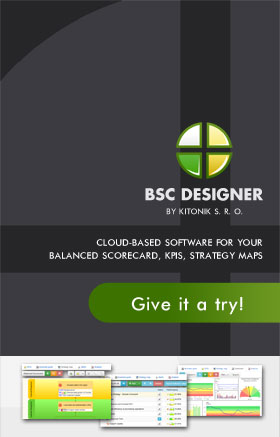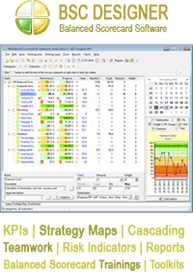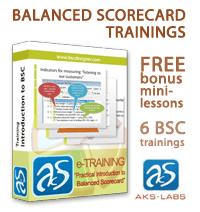Typical Factors on the HR Costing Scorecard
The Human Resource Department (HRD) is indeed one of the departments in the business that would fall in the background. This is because the HRD is not really that visible, as when compared to the Managerial department or the Accounting department. However, what a lot of people fail to keep in mind is the fact that in spite of the HRD being in the background, it still plays a very important role in the overall success of any business. This is because the HRD is the department that handles the most valuable asset any company can have, and that is, its workforce, its very employees. This is precisely why there are indeed costs entailed in running the HRD, and to determine the efficiency of the department in running these costs, it is but apt to implement the HR Costing Scorecard.
You may be wondering to yourself, is there really a need to implement such a scorecard? There have been so many theories and studies conducted about the implementation of the balanced scorecard. These studies clearly show that there is much promise in the role that the balanced scorecard plays. However, it is quite easy to ignore this importance and significance of the balanced scorecard as a managerial tool in the HRD. Add to the fact that the costs entailed in the HRD are not too visible in nature at all.
The HRD handles people, right? Just how do you quantify human value here? How do you quantify the value or the worth of a particular employee? There are so many factors at play here that it is quite difficult to place a numerical figure on the worth of a certain employee, let alone the thousands of employees under the wing of, let us say, a multinational call center. The typical call center would be handling a number of accounts, which means there are hundreds of employees for these accounts. Now, learning is a lifetime process, so there would inevitably be a need to hold training sessions or programs for the call center representative, to enhance their knowledge and skill sets. This alone is already an expense that the HR has to deal with. Costs are entailed in hiring the trainer, for instance, as well as in booking the venue, plus the food and beverages offered to both the trainer and trainees. These are visible costs; however, the return of investment, or ROI, would be intangible here. This is because the ROI here would be dependent on whether or not the trainees are able to assimilate the new knowledge and skill set that comes after the training program. This should then be included in the HR Costing Balanced Scorecard.
This is just one of the many costs that the HRD has to deal with. Other costs would pertain to the new hires themselves, with retention in mind. The thing to look for here is the percentage of new hires that make it through the probationary period and achieve regular status. As for the regular employees, you should also look for the percentage of employees who have been promoted to higher positions. Performance appraisal is another aspect you should include on the HR Costing Scorecard.
—
If you are interested in hr costing scorecard, check this web-site to learn more about hr costing kpi.


